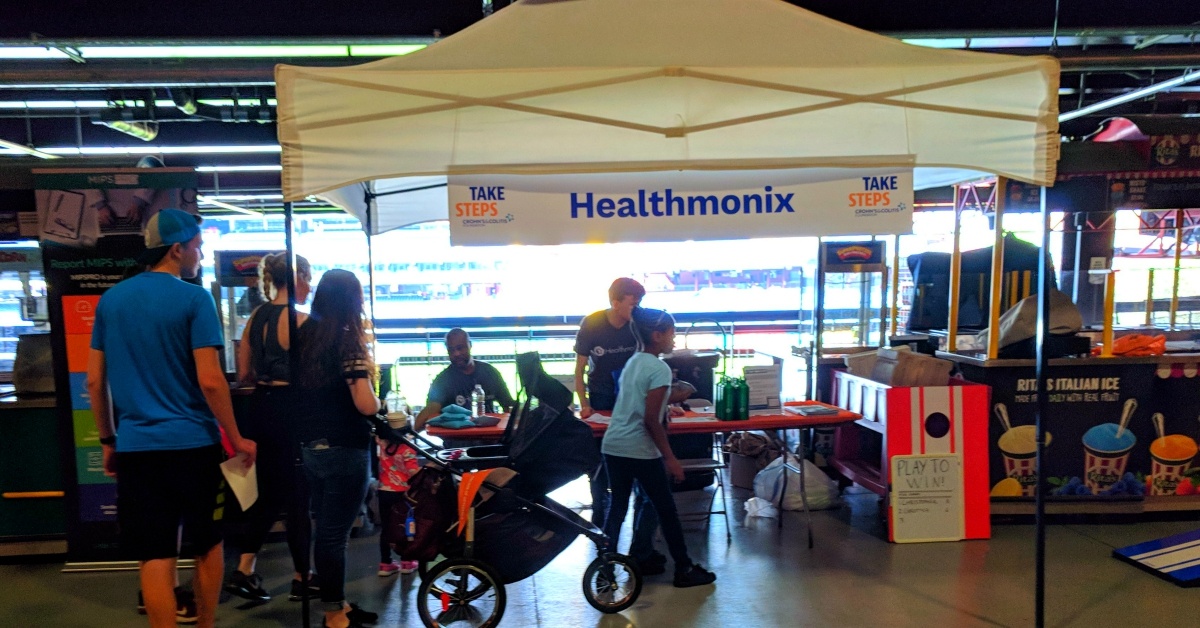Clients may consider options outside of their EHR to report MIPS for a number of reasons. They may want to combine Quality data from multiple EHRs, or report on measures only supported by registries. They may need to report for a practice that is transitioning to a new EHR.
Healthmonix has worked with clients using over 200 different EHRs to successfully report for MIPS through MIPSPRO, and in that time we’ve identified a few steps that EHRs can take right now to help keep their clients satisfied and stress-free when it comes to external MIPS reporting.









